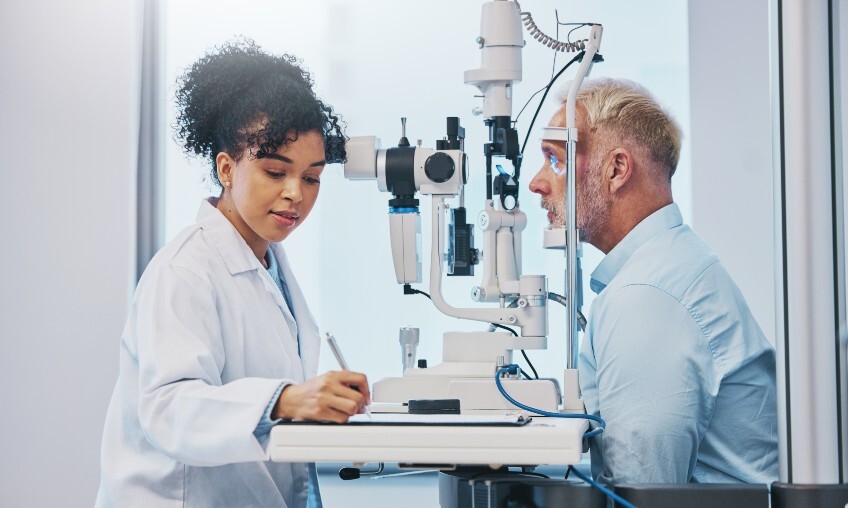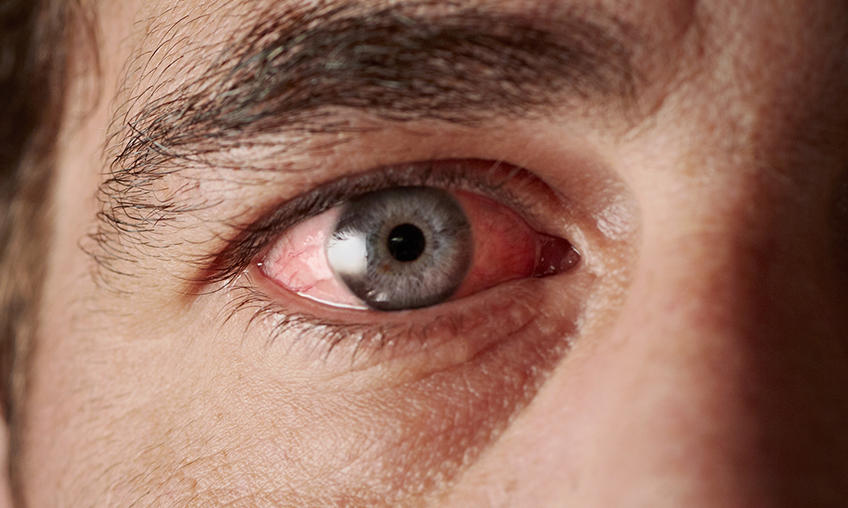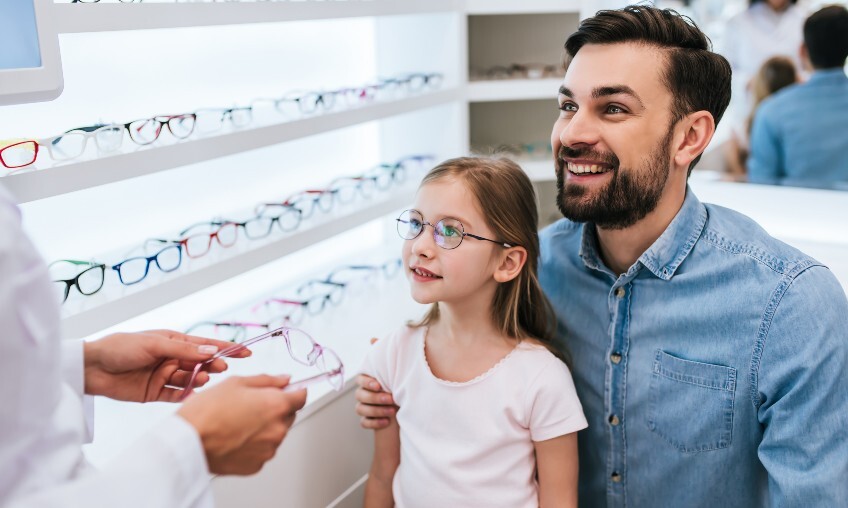
By John-Michael Cummings, OD
A healthy lifestyle can help to protect your vision, according to advice from the National Library of Medicine (NLM).
For example, the NLM advises losing extra weight for the good of your sight. Staying at a healthy weight can help to prevent Type 2 diabetes, which can cause eye disease and even blindness.
Here are more ways to take care of your vision:
- Enjoy a healthy, balanced diet. That includes plenty of fruit and vegetables, especially deep yellow and green leafy vegetables. Certain kinds of fish (salmon, tuna and halibut) contain a nutrient that is good for your eyes, called Omega-3 fatty acids. Cook the fish by baking, grilling, broiling, poaching or steaming.
- Stay active. Exercise helps to control not only diabetes, but also high blood pressure and high cholesterol. All these diseases can lead to eye or vision problems.
- Wear sunglasses with a UV400 label to protect your eyes from sun damage.
- Don’t smoke. If you need one more reason to quit, think about this - smoking can damage the nerves that connect your eyes and brain. It also makes your eyes more likely to develop cloudy areas, and it can reduce your ability to see straight in front of you.
- Use protective eye wear for certain sports, while fixing things around your home and if you work in places such as factories, construction or labs.
- If you wear contacts, wash your hands well before you put them in or remove them. Also follow the instructions on how to clean your contacts and when to replace them.
- Rest your eyes, especially when you spend a lot of time looking at phone or computer screens. To reduce eye strain, look away from the screen to about 20 feet away for 20 seconds, every 20 minutes.
Eye Exams
Going to the eye doctor supports your overall health, says the US Centers for Disease Control and Prevention (CDC).
Improving your eyesight is just one reason to visit the eye doctor, according to the CDC. During an eye exam, the doctor can find eye diseases that you may not know you have - until it’s too late. An eye doctor can also find signs of other health problems, such as diabetes.
Anyone who wears contacts should see an eye doctor every year. Adults with healthy eyes and vision should have a complete eye exam once in their 20s and twice in their 30s, says the American Academy of Ophthalmology (AAO). When you turn 40, the AAO advises getting a full, baseline eye exam. After that, your eye doctor will let you know how often to visit. People who are 65 years and over should get a complete exam every year or two.
But if your eyes and vision aren’t healthy, please don’t delay! Make an appointment if you:
- have an eye infection, injury or pain;
- suddenly see floating spots, or flashes or patterns of light; or
- have diabetes or a family history of eye disease.
EyeQuest, a division of Sun Life US, serves more than a million members with a large network of vision care providers across the country. Members can schedule an appointment with an eye-care specialist today.
 Preventistry Pulse Image
Preventistry Pulse Image
PREVENTISTRY PULSE
A newsletter with tips and information to improve your oral health.





